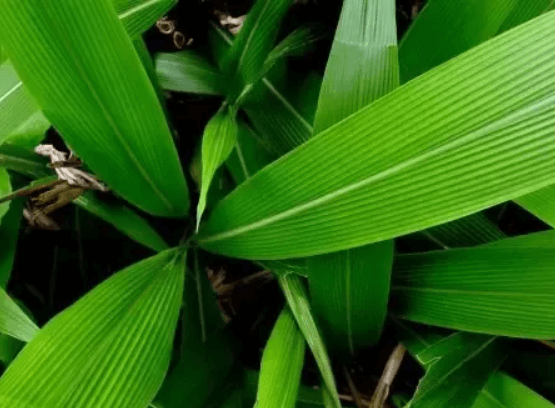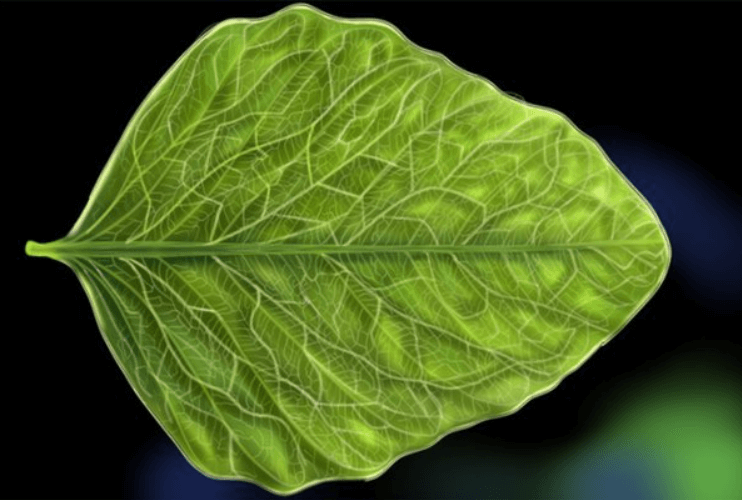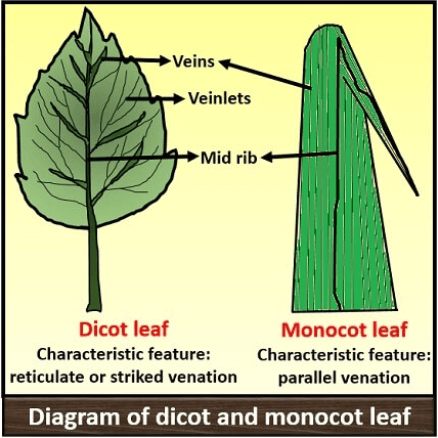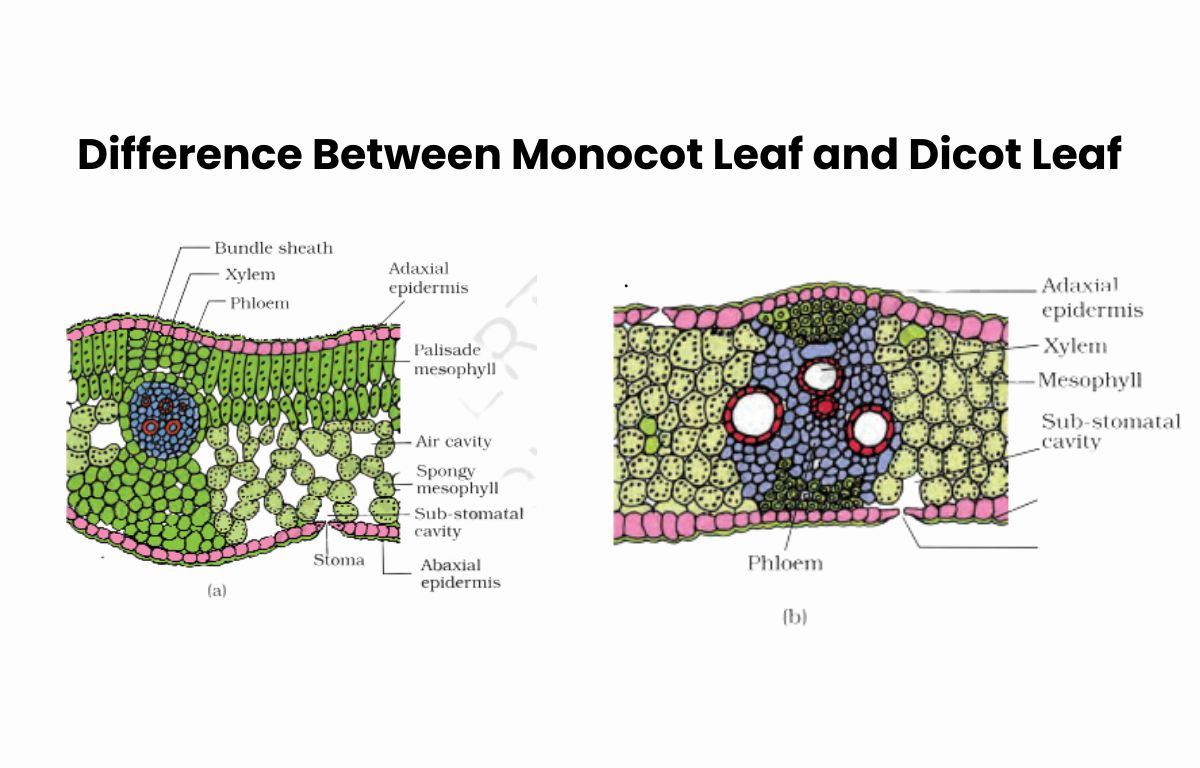“From the early lessons in Biology, we have always been fascinated by the various parts of a plant, and among them, leaves stand out as one of the most vital and dynamic components.” Leaves are the flat, green parts of a plant or tree that grow from its stem or branch. They are like tiny factories where the plant makes food using sunlight, water, and air. Leaves have a special green pigment called chlorophyll that helps them capture sunlight.
They also help plants breathe by letting out gases like oxygen and taking in carbon dioxide. Leaves come in many shapes and sizes, and they often change colors in autumn. They are important for keeping plants healthy and helping them grow. Leaves are of two different types i.e., Monocot and Dicot Leaves. Below we have discussed more about the two different types of leaves and their differences.
Define Monocot Leaf
Monocot leaves are a type of leaf found in plants called monocots, such as grasses and lilies. These leaves typically have a long, narrow shape and parallel veins that run straight from the base to the tip. Unlike other leaves, monocot leaves do not have a distinct petiole (the stalk that attaches the leaf to the stem) but instead are directly attached to the stem. The arrangement of veins in monocot leaves helps in efficient water and nutrient transport. The overall structure of these leaves supports their role in photosynthesis and adaptation to various environments. In summary, monocot leaves are long, and narrow, and have parallel veins.

Define Dicot Leaf
Dicot leaves are a type of plant leaf found in dicotyledonous plants, which have seeds with two parts. These leaves usually have a network of veins that spread out from the center, forming a pattern like a net. Dicot leaves are generally broad and flat. The edge can be smooth, wavy, or jagged, depending on the plant.

An example of a plant with dicot leaves is the mango tree. If you look closely at the mango leaf, you’ll see many veins branching out from the main vein in the center, which is a characteristic of dicot leaves. Other examples include the leaves of rose plants and sunflower plants.
Difference Between Monocot Leaf and Dicot Leaf
In addition to having differing numbers of cotyledons, monocot, and dicot leaves differ from one another in a number of other ways, including how their stems, roots, and flower parts are structured. Here’s a table outlining the differences between dicot and monocot leaves. This table outlines the structural and anatomical differences between dicot and monocot leaves.

| Difference Between Monocot Leaf and Dicot Leaf | ||
| Features | Dicot Leaf | Monocot Leaf |
| Venation | Reticulate (net-like) | Parallel |
| Number of Veins | Multiple prominent veins (network) | Single prominent vein with parallel smaller veins |
| Shape | Broad and often varied in shape | Narrow and elongated |
| Stomata | More stomata on the lower surface | Stomata evenly distributed on both surfaces |
| Mesophyll | Differentiated into palisade and spongy parenchyma | Not differentiated |
| Guard Cells | Kidney-shaped | Dumbbell-shaped |
| Presence of Petiole | Usually present with a distinct petiole | Often sessile (lacking petiole) or with a short petiole |
| Leaf Arrangement | Usually in pairs (opposite or alternate) | Usually alternate and distichous |
| Leaf Base | Often expands to form a sheath around the stem | Often forms a sheath around the stem |
| Epidermal Cells | More complex and varied | Generally more uniform |
Examples of Monocot Leaf and Dicot Leaf
Dicot leaves generally have a more complex venation pattern compared to the parallel veins of monocot leaves.
Monocot Leaf
As per data worldwide, there are roughly 60000 species of monocots. Flower components on monocots come in sets of three. They have fibrous roots. Bananas, palm trees, grasses, water plantains, lilies, and orchids are a few examples of monocots.
- Grass – Grass leaves are long, narrow, and parallel-veined, with a consistent width along their length.
- Corn – Corn leaves are also long and narrow with parallel veins running the length of the leaf.
- Lily – Lily leaves are typically elongated with parallel venation, similar to grasses and corn.
Dicot Leaf
The number of dicot species is 175000. A dicot plant’s leaves have veins arranged in a reticulated or net-like arrangement. Oaks, Elms, Maples, Mango, Papaya, Radish, Rose, Castor, and Guava are a few examples of Dicots.
- Maple – These leaves typically have a broad, flat shape with a network of veins branching from a central point.
- Oak – Oak leaves have a lobed shape with a prominent central vein and a branching network of veins.
- Rose – Rose leaves are often compound, meaning they are divided into multiple leaflets, each with a network of veins.









 50 Vegetables Name for Kids in English a...
50 Vegetables Name for Kids in English a...
 Food Chain: Definition, Types, Examples,...
Food Chain: Definition, Types, Examples,...
 Human Respiratory System: Definition, Di...
Human Respiratory System: Definition, Di...










